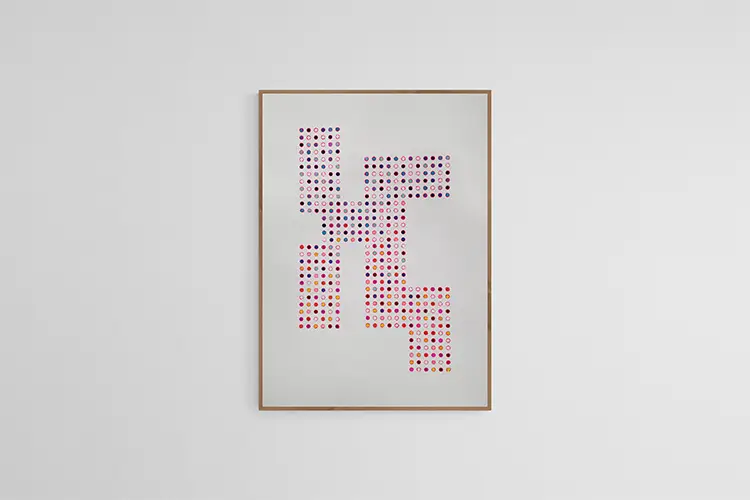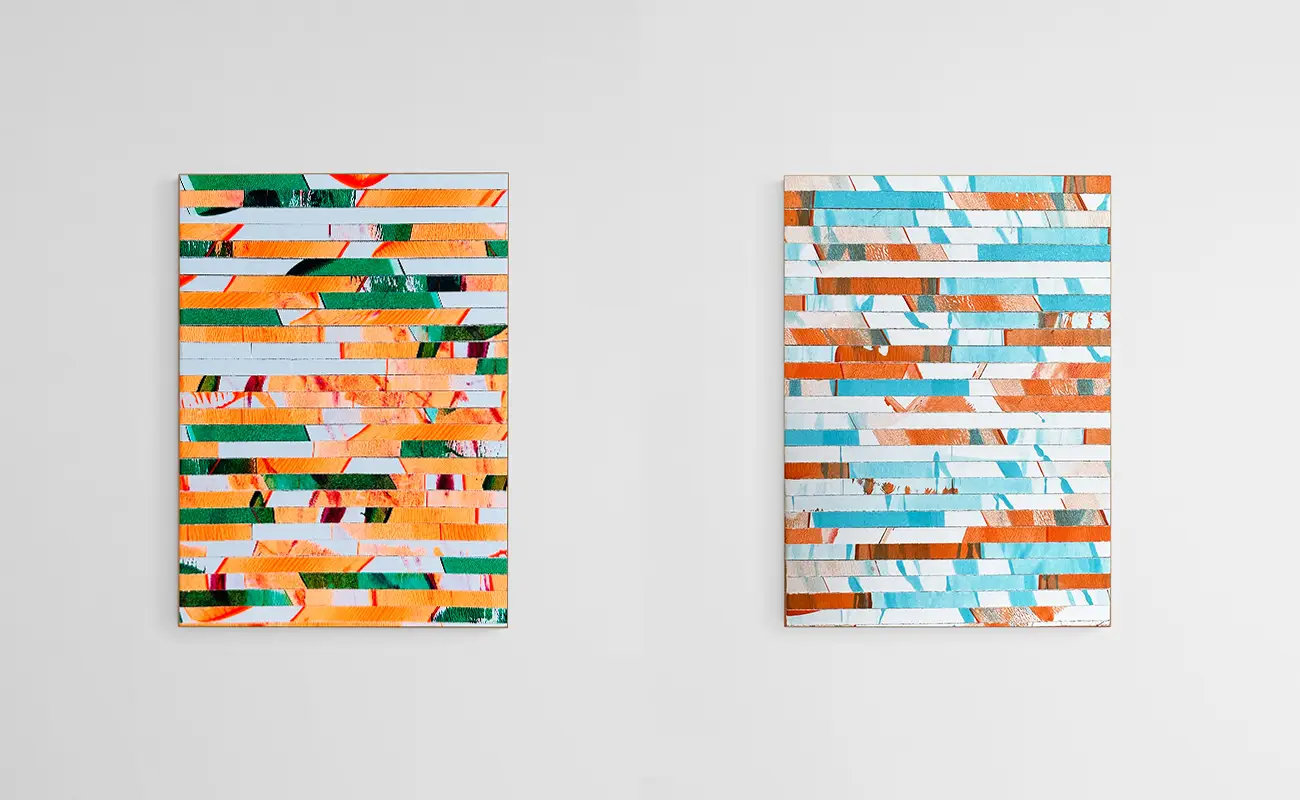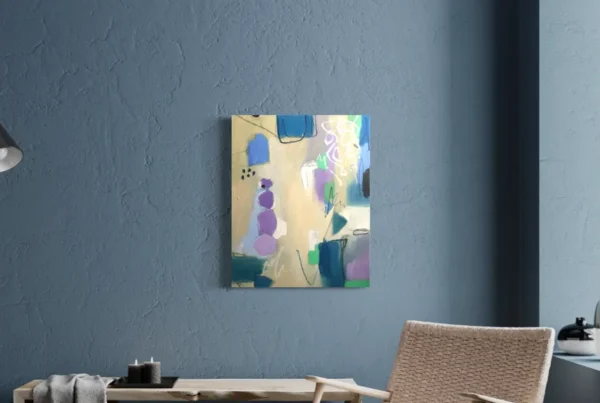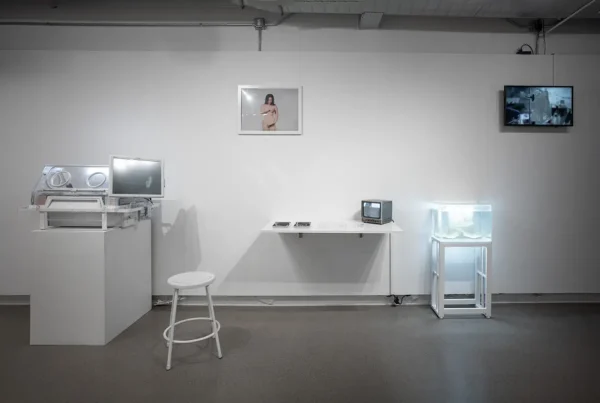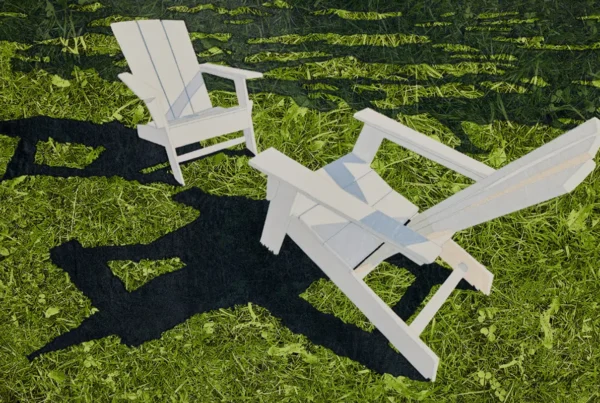Between Form and Flux: A Life Shaped by Change
Nico Hensel’s path to becoming one of Germany’s most distinctive visual thinkers has been anything but linear. Born in 1977 in Wertingen, Bavaria, he has woven a diverse life story into a singular creative identity that refuses easy categorization. Early chapters of his career include time as a DJ and barkeeper, followed by civic service aiding the elderly and disabled—experiences that nurtured a sense of human observation and improvisation which still fuels his work. Though he briefly studied International Business Administration, Hensel soon pivoted toward a creative discipline more in tune with his instincts, ultimately earning his degree in Communication Design from the School of Visual Communication in Ravensburg.
Since launching his independent practice in 2004, Hensel has left an indelible mark across multiple industries, from branding and visual communication to object design and architecture. His early triumphs in type design—reworking the corporate identities of Sat.1 and the German Football Bundesliga—garnered immediate recognition, securing him accolades including the DDC Award, the red dot Design Award, and the iF Communication Design Award. Hensel has since opted out of paid design competitions, believing that artistic merit should not rely on external validations but instead emerge from authenticity and innovation. Despite this, his professional standing continues to resonate through influential media coverage and institutional collections.
What distinguishes Hensel from many of his contemporaries is not simply his versatility, but the thematic coherence that connects his varied projects. Whether reshaping typography for national media outlets or devising custom-built residential environments, he retains an unwavering commitment to pushing boundaries. His fascination with patterns, color systems, and the geometry of perception reflects a design philosophy grounded in both rigor and intuition. Publications such as PAGE, Novum, and Business Insider have chronicled his interdisciplinary impact, while television appearances and art showcases further testify to his reach beyond conventional design circles.
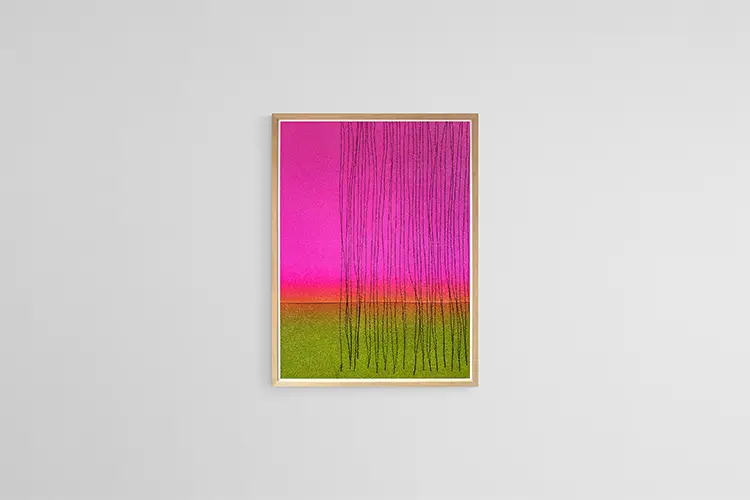
Nico Hensel: Redefining the Syntax of Visual Experience
A self-proclaimed “visual junkie,” Hensel operates in a near-constant state of sensory absorption. His creative process begins with an omnivorous approach to visual input—whether that be a peculiar shadow on a sidewalk, a swatch of fabric, or discarded industrial material on a construction site. What follows is a transformation of observation into articulation: he captures impressions with his drone or camera, archives them like raw data, then distills these fragments into compositions that defy traditional boundaries. Rather than adhering to a singular medium or format, Hensel treats each moment as an opportunity to recombine and reinterpret, often merging analog craftsmanship with digital manipulation to generate artworks that are spontaneous yet deliberate.
His lack of allegiance to any fixed method allows his work to breathe. Whether he’s blending water and acrylic pigments using his children’s plastic water guns or arranging detritus into poetic visual statements, Hensel constantly disrupts the expectation of continuity. There is no “signature style” in the usual sense. Instead, he offers an evolving vocabulary of forms and materials that mirror his insatiable curiosity and deep resistance to repetition. Even in his personal life, this instinct is evident—he owns over 70 cookbooks but has never followed a recipe to the letter, rarely wears the same item twice, and rotates between 17 different eyeglass frames. His life is a study in iteration and reinvention.
Despite this emphasis on flux, Hensel’s work carries an unmistakable coherence rooted in his design training. His use of the golden ratio, color theory, and spatial geometry provides an underlying structure that holds even his most experimental pieces together. He does not set out to create “art” in the traditional sense; instead, he seeks to trigger perception—inviting viewers into his constantly shifting visual universe. His artworks are not products of a fixed routine but rather outcomes of a living practice that is simultaneously intuitive and informed, theoretical and tactile.
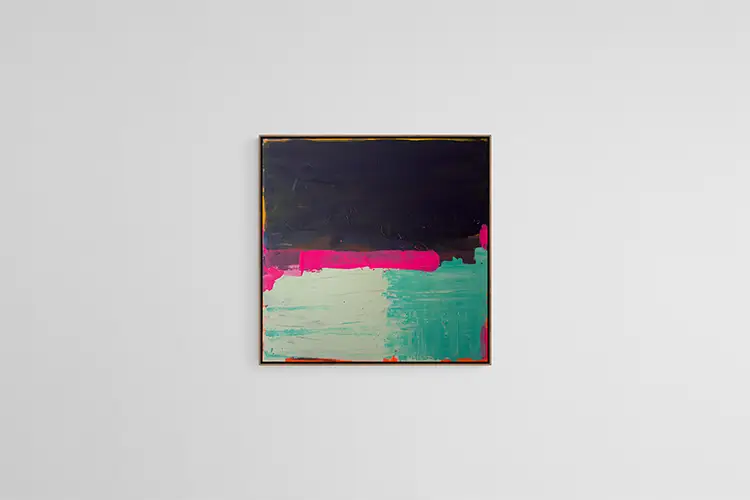
Material Dialogues and Conceptual Collisions
Hensel’s artwork stands at the intersection of material exploration and conceptual provocation. He often constructs his pieces from repurposed elements—recycled wood, metal scraps, shredded paper, and industrial refuse—transforming forgotten or overlooked objects into layered expressions of meaning. These compositions blend photography, painting, and sculpture into hybrid forms that challenge standard definitions of artistic categories. The result is an oeuvre that invites viewers to question what constitutes beauty, function, and intention within visual culture.
One striking example is his series Acrylic Bubbles, developed exclusively for New & Abstract. At first glance, the series appears to draw on digital visual aesthetics, with vibrant swirls and delicate transparencies that mimic CGI imagery. In reality, the technique is analog: pigment blends propelled by water guns create fluid dynamics captured at just the right moment. The inspiration behind this project stems from a Sony commercial that featured thousands of colorful balls bouncing down Filbert Street in San Francisco—a memory Hensel recontextualizes through playful experimentation and manual control. By embracing both spontaneity and craft, he creates a visual paradox: the handmade masquerading as the digitally rendered.
Even when Hensel incorporates recognizable design principles, he disrupts their expected function. A trained communication designer, he often subverts typographic legibility or distorts spatial logic to heighten the sensory impact. His works do not simply aim to “communicate” in the traditional sense—they unsettle, provoke, and invite reinterpretation. These dualities—between chaos and order, randomness and structure, analog and digital—serve as ongoing dialogues within his body of work. The artist’s refusal to choose sides allows him to traverse boundaries and construct pieces that resonate across contexts, from galleries to corporate collections to hotel lobbies.
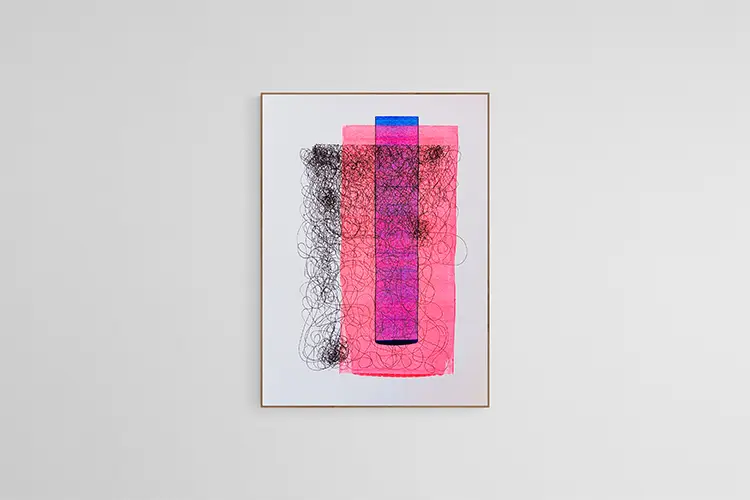
Nico Hensel: Architect of the Unscripted Space
Since 2016, Hensel’s creative scope has expanded into the architectural domain through Soewall GmbH, a firm focused on turnkey residential design. In this latest chapter, he transfers his visual sensibility from two-dimensional media into lived environments. Each Soewall project is treated as an immersive composition, blending exterior and interior space with the same attention to visual rhythm and spatial harmony found in his artworks. His architecture resists formulaic solutions, instead prioritizing fluidity and adaptability—qualities that mirror his lifelong rejection of templates and repetition.
This shift into built environments is less a departure from his earlier work than a deepening of it. Designing homes and living spaces allows Hensel to channel his philosophies on pattern, color, and structure into the spaces people inhabit every day. His approach does not follow conventional architectural logic; instead, it builds from the same creative impulses that drive his visual art—intuition, constant exploration, and responsiveness to context. Materials, light, and spatial flow become tools in his expanding artistic lexicon, further erasing the boundaries between design disciplines.
Hensel’s long-standing ventures in entrepreneurship—such as Flowood, which produced sculptural wooden washbasins, and Beyond Deutschland GmbH, which manufactured branded office goods—have served as laboratories for these cross-disciplinary insights. His career illustrates that creative work, whether graphic, architectural, or sculptural, need not conform to institutional divisions. It can instead emerge organically from the artist’s interaction with the world around him. His guiding principle remains unchanged: to keep discovering, keep transforming, and keep challenging the borders between what is seen and what can be imagined.
